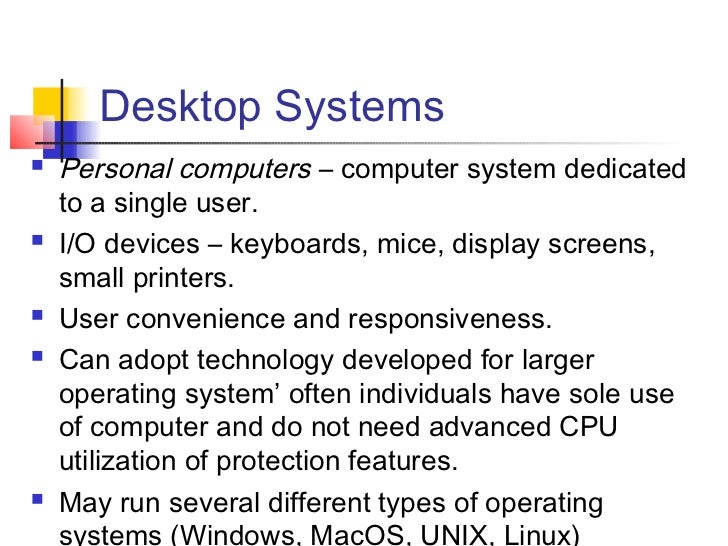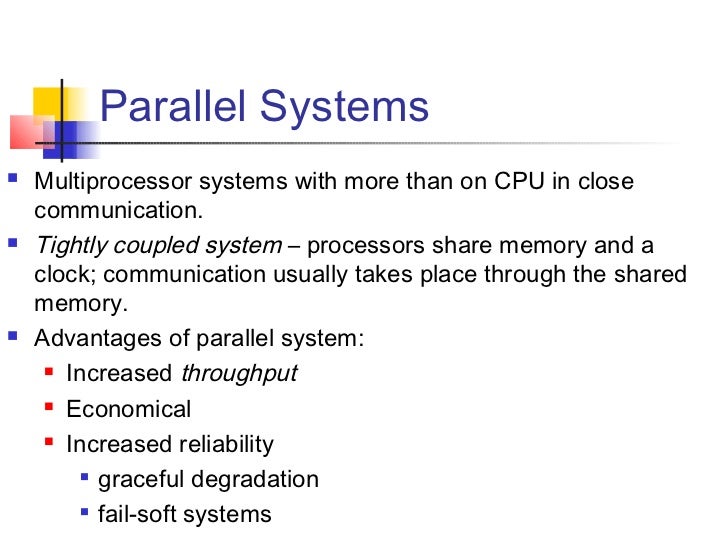Desktop operating system - An operating system that allows a user to carry out a broad range of general-purpose tasks.
All desktop computers have operating systems, the most common of these are Windows, Mac OS, and GNU/Linux. Desktop operating systems have to be able to support a wide range of tasks and manage many types of hardware and software. In order to do this they require large amounts of memory, multiple processors and large amounts of disk storage capacity. They also have the ability to read and write to optical disks and flash memory drives. Desktop operating systems also require real-time components for multimedia applications and are able to support a broad range of network protocols.
Desktop operating systems are written in a layered or modular way so that they can be updated easily. They support complicated GUIs and because of this they can have slow load times due to a large memory footprint. Desktop operating systems provide a virtual machine so that users do not have to interact directly with the hardware. In a client-server system the client computers usually use a desktop operating system.
Common desktop operating systems:
Windows is Microsoft’s flagship operating system, the de facto standard for home and business computers. Introduced in 1985, the GUI-based OS has been released in many versions since then. The user-friendly Windows 95 was largely responsible for the rapid development of personal computing.
Mac OS is the operating system for Apple's Macintosh line of personal computers and workstations.
Linux is a Unix-like operating system that was designed to provide personal computer users a free or very low-cost alternative. Linux has a reputation as a very efficient and fast-performing system.



